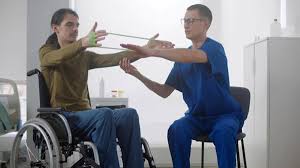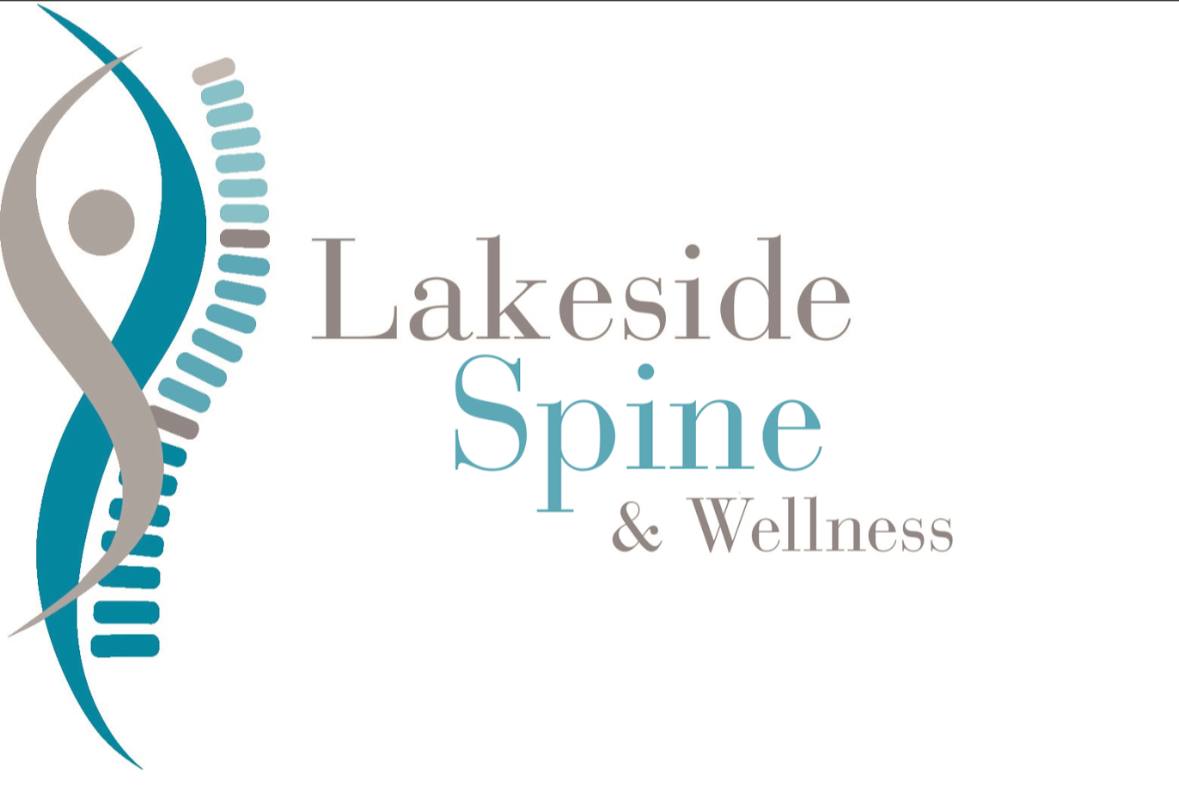Orthopedic disabilities can significantly impact a person’s mobility, independence, and overall quality of life. Whether caused by congenital conditions, injuries, or degenerative diseases, these impairments often require specialized support to help individuals maintain their daily routines and live as independently as possible.
At Dr. Kelkar Hospital , we believe that understanding orthopedic disability aid options is the first step toward improving accessibility, comfort, and functionality for those affected. From adaptive equipment to assistive technology and physical therapy, there are numerous tools and services available to make everyday life easier.
What Is an Orthopedic Disability?
An orthopedic disability refers to a condition that affects the musculoskeletal system — including bones, joints, muscles, ligaments, and tendons — and impairs physical functioning. These disabilities can be congenital (present at birth), acquired through injury or illness, or degenerative over time.
According to the Individuals with Disabilities Education Act (IDEA), orthopedic impairments are recognized as conditions that adversely affect a child’s educational performance. Examples include:
- Cerebral palsy
- Spina bifida
- Muscular dystrophy
- Arthritis
- Clubfoot
These conditions can cause limited mobility, chronic pain, and difficulties with coordination, balance, and strength.
Types of Orthopedic Impairments
Orthopedic impairments fall into three main categories:
- Neuromotor Impairments
These arise from damage to the central nervous system and affect muscle control and coordination. Examples include cerebral palsy and spina bifida. - Degenerative Diseases
Conditions like muscular dystrophy and amyotrophic lateral sclerosis (ALS) worsen over time, leading to progressive muscle weakness and loss of mobility. - Musculoskeletal Disorders
These include arthritis, fractures, and joint disorders that cause pain, stiffness, and reduced range of motion.
Each type requires tailored interventions and orthopedic disability aid options to manage symptoms effectively.
Common Challenges Faced by Individuals with Orthopedic Disabilities
Living with an orthopedic disability can present several challenges, including:
- Mobility Limitations : Difficulty walking, standing, or navigating stairs.
- Pain Management : Chronic pain can lead to fatigue and emotional distress.
- Access Barriers : Lack of accessible infrastructure in public spaces and workplaces.
- Social and Emotional Impact : Feelings of isolation or low self-esteem due to physical limitations.
- Educational and Employment Barriers : Students and professionals may struggle without proper accommodations.
To overcome these challenges, access to appropriate orthopedic aids and support systems is crucial.
Adaptive Equipment for Orthopedic Disabilities
Adaptive equipment plays a vital role in helping individuals with orthopedic disabilities achieve greater independence. Some of the most commonly used devices include:
1. Mobility Aids
- Wheelchairs (manual and electric)
- Walkers and rollators
- Canes and crutches
- Scooters for long-distance travel
These aids provide stability, reduce strain on joints, and enable users to move freely in various environments.
2. Seating and Positioning Devices
Custom seating systems, cushions, and posture supports help prevent pressure sores and improve sitting comfort.
3. Daily Living Aids
Tools such as reachers, dressing aids, and adapted utensils help individuals perform personal care and household tasks more easily.
4. Environmental Controls
Switches, voice-activated systems, and smart home technologies allow users to control lights, appliances, and doors without physical effort.
For more information on how adaptive equipment can enhance mobility and independence, visit our comprehensive guide on orthopedic disability aids .
Assistive Technology: Bridging the Gap
Modern assistive technology has revolutionized the way people with orthopedic disabilities interact with the world. This includes:
- Communication Devices : For individuals with speech or motor impairments, augmentative and alternative communication (AAC) devices enable expression and interaction.
- Computer Accessibility Tools : Voice recognition software, eye-tracking systems, and adapted keyboards allow users to navigate digital platforms effortlessly.
- Prosthetics and Orthotics : Custom-designed prosthetic limbs and orthotic braces restore function and support mobility.
Assistive technology not only enhances independence but also opens up new opportunities in education, employment, and social engagement.
The Role of Physical Therapy
Physical therapy is a cornerstone of managing orthopedic disabilities. It helps improve:
- Muscle strength and flexibility
- Joint mobility
- Pain management
- Balance and coordination
A licensed physical therapist creates personalized treatment plans based on the individual’s specific condition and goals. Early intervention and consistent therapy can significantly improve functional outcomes and quality of life.
Legal Rights and Accessibility Standards
Individuals with orthopedic disabilities are protected under the Americans with Disabilities Act (ADA) , which ensures equal access to public spaces, transportation, and employment. Key provisions include:
- Accessible entrances and restrooms
- Ramps and elevators in buildings
- Reasonable workplace accommodations
- Accessible educational environments
Understanding your rights and advocating for accessibility is essential in promoting inclusion and independence.
Educational Support for Students with Orthopedic Disabilities
In schools, students with orthopedic impairments may qualify for special education services under IDEA. An Individualized Education Program (IEP) or 504 Plan outlines necessary accommodations such as:
- Modified seating arrangements
- Extra time for assignments
- Use of assistive technology in classrooms
- Transportation assistance
Educators and parents must work together to ensure students receive the support they need to thrive academically and socially.
Transitioning to Independent Living
As individuals with orthopedic disabilities grow older, transitioning to independent living becomes a key goal. This involves:
- Learning life skills such as cooking, budgeting, and personal care
- Accessing vocational training and job placement programs
- Securing housing that meets accessibility needs
- Building a strong support network
Organizations such as Centers for Independent Living (CIL) offer resources and guidance to help individuals navigate this important phase of life.
Government Programs and Support Services
Various government programs provide financial and practical assistance to individuals with orthopedic disabilities, including:
- Medicaid and Medicare for medical coverage
- Vocational Rehabilitation Services for job training
- Social Security Disability Insurance (SSDI) and Supplemental Security Income (SSI)
Nonprofit organizations like Easter Seals and the Muscular Dystrophy Association also offer advocacy, counseling, and equipment loan programs.
Conclusion
Living with an orthopedic disability does not mean sacrificing independence or quality of life. With the right orthopedic disability aid options , individuals can overcome physical barriers, pursue personal goals, and participate fully in society.
Whether it’s using adaptive equipment, benefiting from assistive technology, or receiving physical therapy, each tool and service contributes to greater autonomy and well-being.
If you or a loved one is dealing with an orthopedic disability, consider exploring the wide range of solutions available today. For expert guidance and support, visit Dr. Kelkar Hospital , where we are committed to helping patients regain mobility and confidence through personalized care.



